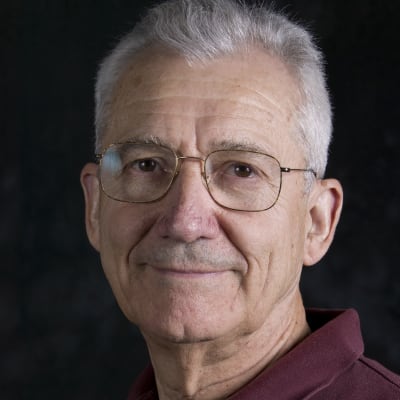Prize Recipient

Wit Busza
Massachusetts Institute of Technology
Citation:"For pioneering work on multi-particle production in proton-nucleus and nucleus-nucleus collisions, including the discovery of participant scaling, and for the conception and leadership of the PHOBOS experiment."
Background:Wit Busza is the Francis L. Friedman Professor of Physics Emeritus at the Massachusetts Institute of Technology. He has had a career-long interest in the use of nuclei as a tool for the study of high energy physics phenomena, in particular in the space-time evolution of the particle production process and in the nature of the hot, dense QCD matter produced in the early stages of pA and AA collisions, thought to be that created at about a microsecond after the Big Bang. Busza is of Polish origin, was born in Romania at the onset of World War II and spent the first eight years of life as a refugee. In 1960 he obtained a B.Sc. and in 1964 a Ph.D., both from University College London. In 1966 he emigrated to the US to take a postdoc position at SLAC and in 1969 he joined the MIT faculty. Busza is best known for pioneering pA experiments at Fermilab, in which he discovered participant scaling and obtained (together with Alfred Goldhaber) the first data based estimate of the energy density that will be produced in the future RHIC; also for originating and leading the PHOBOS experiment, which together with the other RHIC experiments discovered a strongly-interacting QCD liquid (named at the time sQGP). At MIT he has been awarded several prestigious teaching and mentoring awards, including the MacVicar Faculty Fellowship. He has served on numerous scientific advising committees, including DOE's Nuclear Science Advisory Committee (NSAC), Program Advisory Committees at BNL, Fermilab and SLAC and the Riken-BNL Advisory Committee. He is a Fellow of the American Physical Society and a foreign member of the Polish Academy of Arts and Sciences. At MIT in 1990 he brought together nuclear and particle physicists to form the Relativistic Heavy Ion Group, which he led until his retirement in 2012.
